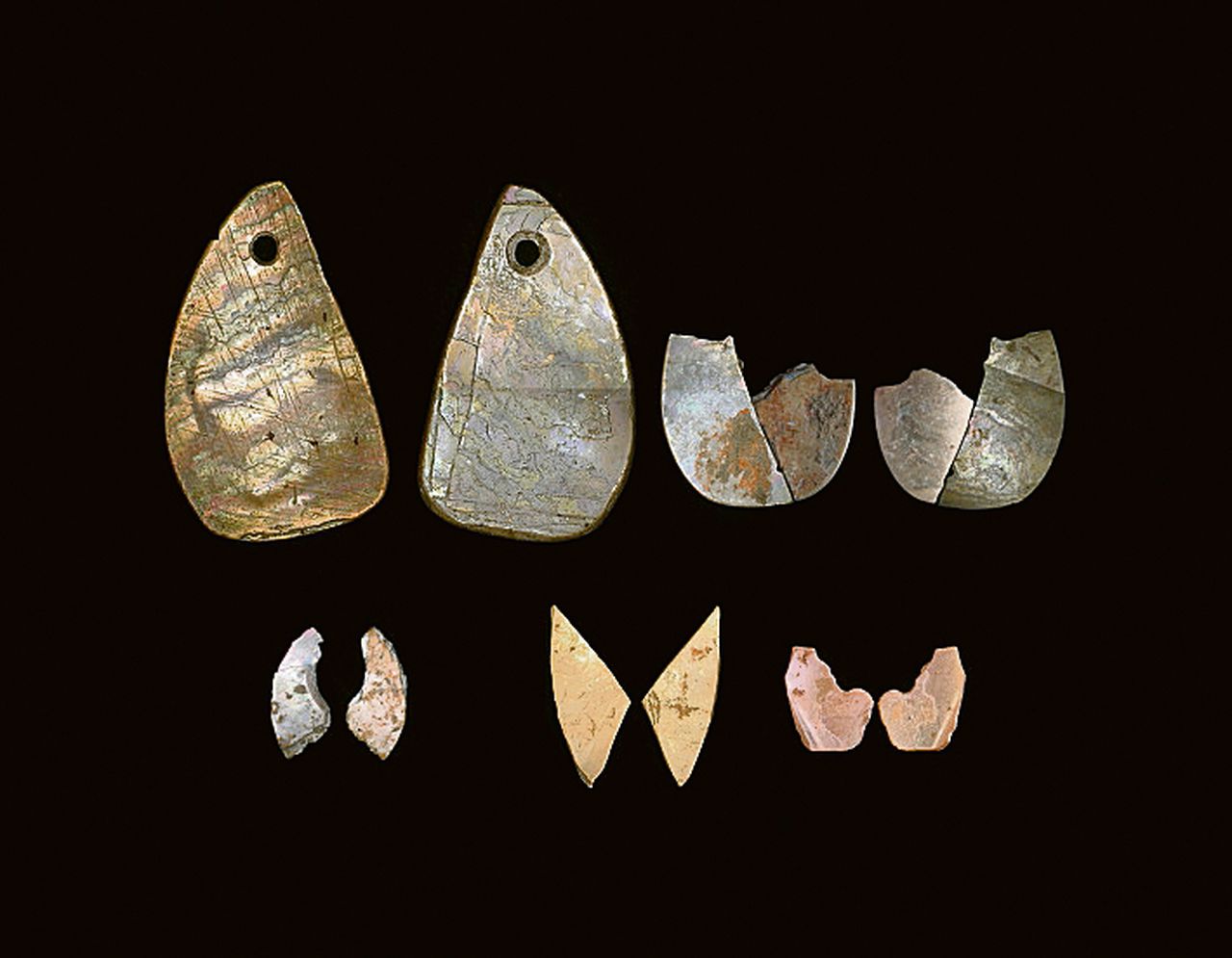 |
| Proof of ancient skills Michelle Langley, Australian National University |
Shell jewellery and ornaments up to 42,000 years old, discovered in East Timor, have overturned long-held assumptions that the first inhabitants of South-East Asia were culturally unsophisticated.
The finds represent the oldest evidence of ornament and jewellery-making in the region.
The most ancient example of shell jewellery is 82,000 years old and was found in Morocco, although some shell art may date even further back. As humans migrated out of Africa, shell jewellery started appearing in the European archaeological record from about 50,000 years ago.
Humans moved into East Asia around the same time, but the area has yielded few examples of personal ornamentation of such antiquity. Some researchers had speculated that the early settlers abandoned crafts and so were less technologically advanced than their European counterparts.
Now Michelle Langley of the Australian National University in Canberra and her colleagues have made finds in the Jerimalai cave of East Timor that refute that idea. One was the shell of an Oliva sea snail (pictured on the right of the image at the top), dated to 37,000 years back – making it the oldest piece of jewellery ever found in the region. [...] New Scientist / Link 2
 |
| foto Journal of Human Evolution |
Journal reference: Journal of Human Evolution, 42,000-year-old worked and pigment-stained Nautilus shell from Jerimalai (Timor-Leste): Evidence for an early coastal adaptation in ISEA
DOI: 10.1016/j.jhevol.2016.04.005
Entrada relacionada







No hay comentarios:
Publicar un comentario